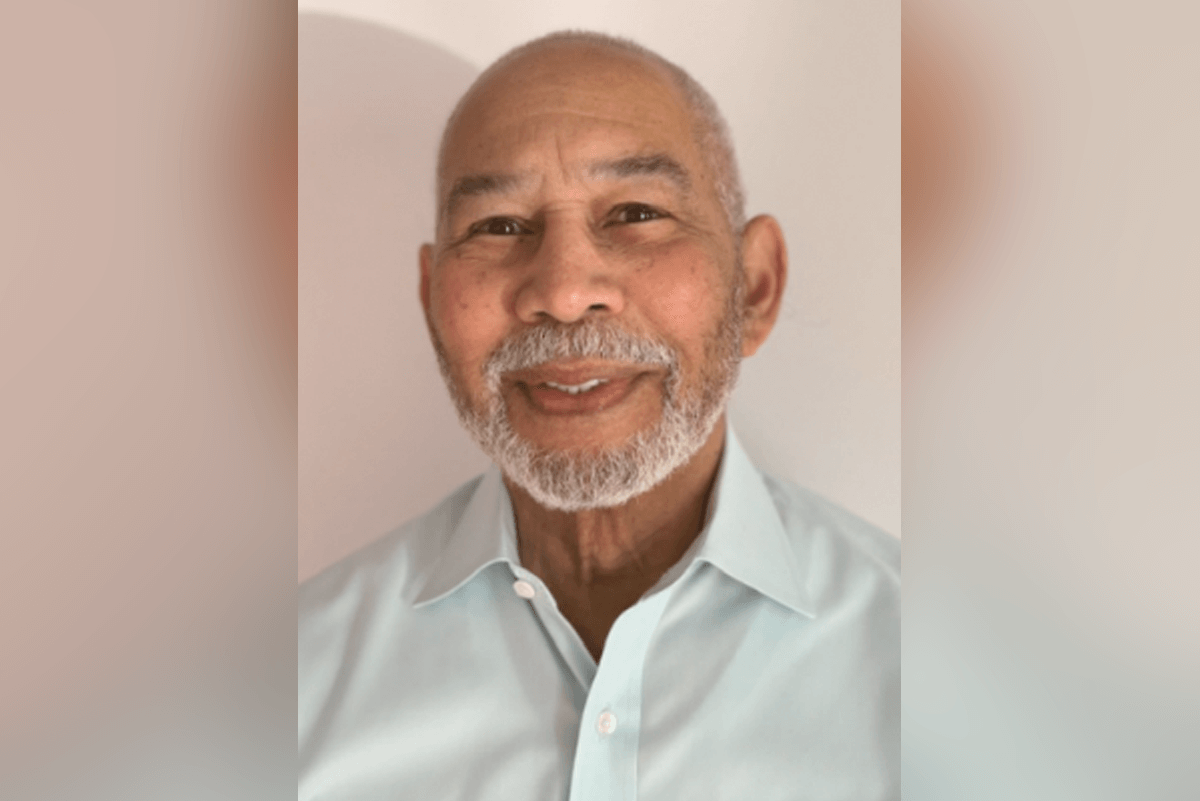
by Fred Nunes
In 1995, Guyana became the first country on the South American continent to make abortion legal. For that time, the Medical Termination of Pregnancy Act 1995 (MTOP) was landmark legislation and made huge advances on the 1983 Barbados law. It allowed access without the burden of reason for the first eight weeks of pregnancy, permitted access to girls without need of parental consent, and permitted mid-level healthcare professionals to perform non-surgical abortions in early pregnancy. The vote for this intensely controversial Bill was the first vote of conscience in the National Assembly. Minister of Health Gail Teixeira championed the campaign. Minister of Human Services and Social Security Indranie Chandarpal chaired the Special Select Committee and the late Dr Faith Harding, the Shadow Minister of Health in the Opposition, were pivotal players in garnering support. There has not been another vote of conscience since then.
Today, after thirty years of legal access, the abortion rate is 20% lower, the rate of unintended pregnancy has dropped by 28% (Guttmacher Institute) and maternal mortality has plummeted by 41% (World Bank). So much for the loud minority of religious leaders who trumpeted that decriminalizing abortion would lead to an increase in abortions, weaken family planning, erode our value for the sanctity of life, and undermine the moral fabric of society.
In fact, the very opposite has happened: Legal access to abortion has strengthened motherhood, enriched families, preserved the sanctity of life, and conserved the moral fabric of our communities. All these remarkable accomplishments have happened under a hesitant, timid, cautious implementation of the law. Where would we be today had we been more courageous? While President Irfaan Ali has recently reported that we have experienced our lowest crime rate in a decade, Trinidad and Jamaica with their criminal abortion laws are reeling under epidemics of violent crime. Their governments have declared states of emergency. Trinidad’s is recent, Jamaica’s is seven years and counting.
Criminal abortion laws nurture criminal violence. This was the conclusion of a very careful study in 2001 by two economists, Donohue and Levitt. They found that 18-20 years after various US states had legalized abortion before Roe v Wade in 1973, the rate of violent crime fell by 50%. Their hypothesis was simple: It turned on ‘unwantedness’. Some children who were not wanted and not loved and supported turned to crime. The study was controversial and attacked by anti-choice and pro-choice advocates alike. The authors received death threats. They repeated the study in 2019. The results were even stronger.
What is the state of abortion in the Caribbean? In a word, terrible. Of 153 countries that reported, if we look only at the 35 with the highest abortion rates in the world, our tiny Caribbean region accounts for eight. The English-speaking Caribbean accounts for five. If we are truly invested in the sanctity of life, this is a crisis. There is no correlation between criminal abortion laws and low abortion rates. Trinidad with its criminal law is at the top of the English-speaking Caribbean list with a rate of 48 per 1,000 women 15-49 per year. Barbados, with its liberal law is just below with a rate of 45. Guyana, with its liberal law is lower still with a rate of 36. What about our former colonizers? In the UK, that figure is 21; in France its 16; in Spain, 8; and in the Netherlands, 7. What is our target? What would it take to get our abortion rate below 20%?
Our surveys in Guyana, Antigua and Dominica show that 69-74% of women will have at least one abortion by age 44. That is the lifetime risk. Abortion is a matter of when, not if. This clearly means that a similar percentage applies to men. So, abortion is a distinct majority phenomenon. For us, abortion is normal. Yet the extraordinary stigma in which we hold abortion leaves each woman alone, lonely and without social and emotional support. We have ‘awfulized’ abortion.
What we do know is that the criminal law does not prevent abortions. It does make them unsafe. But only for poor women and girls. And there hangs the tale. Still, across the region, we cling to laws inherited from colonial powers that have long discarded them. Why? Why is it so difficult to change abortion laws? In the 30 years since ours, there has been no further liberal law in the English-speaking Caribbean. How is it that the clear, measurable advantages in Guyana have not influenced action elsewhere? The quick answer is too often ‘religious opposition.’ We disagree. There are several broader issues at play. We would like to suggest that it has to do with a few factors – the asymmetry of power, stigma, the silence of liberal and moderate religious leaders, inertia, our disposition to punishment, and the absence of sustained advocacy. We will make only brief comments on each one.
In our view, abortion remains severely restricted in the Caribbean primarily because of a sad asymmetry of power. Those with the power to change the law have no need to change it, and those with the need to change it have little or no power to do so.
Stigma is employed to divide, separate, shame, humiliate, and disempower. Stigma is alien to empathy, fairness and inclusion. It is a source of much paralysis in respect of social, political, medical, and administrative inaction. Standing up to stigma in any form takes courage.
Among religious leaders there is a plurality of views on abortion. What is more, our surveys show that there are far more liberal and moderate religious leaders than conservatives. Yet the majority seem scared to speak up. They are silent. This leaves the space for the evangelical conservatives to command the airwaves and speak as the only voice. They are a minority.
“In the end, we will remember not the words of our enemies, but the silence of our friends.” Martin Luther King Jr.
Inertia is culture. “Don’t rock the boat.” “We like it so.” Inertia is our comfort zone. This is especially true of public bureaucracies. Inertia is like weeds in a garden: They keep coming back. Introducing change requires enormous energy and determination to overcome inertia and establish a new way of doing things, a new culture. It requires principled leadership.
Faced with any behavioural problem our cultural default is punishment. We approach problems with a big stick, never with listening. So, we criminalize and incarcerate, when education and healthcare may be far more effective – and cheaper. The latter approach is so alien to us, it is counterintuitive. The idea that the solution to a social problem might be legalization is simply mind-blowing.
The basic difference between the previous three attempts at law reform in the mid-60s, (F.H.W. Ramsahoye), the early 70s (S.S. Ramphal), the late 80s (Hamilton Green) and the fourth effort in the mid-90s (Teixeira-Chandarpal), was sustained, unrelenting advocacy, fuelled with passion and discipline. The first three were rich in content and intense but for only a few months. Then they vanished without a whimper.
Unfortunately, with the ‘victory’ of the Act, that strong advocacy simply dissipated. There was no further scrutiny to ensure that the law was implemented. There was little to no civil society pressure on hospitals to provide services. The assumption appeared to be that since the Minister had been such a forthright, unyielding champion of reform, she would, all on her own, ensure implementation. There was little or no attention paid to the importance of supporting the Minister and working with professional health associations and individual leaders in the health system to put the law into action. Inertia returned. Other priorities took over. There had been enough focus on abortion.
One of the unique features of the MTOP Act was the provision for a civilian Advisory Board. This was intended to create a structured space for the adversaries of the lively campaign to continue their dialogue, to monitor the operation of the law and make recommendations to the Minister. It was to include representatives of non-governmental organisations, for example, religious leaders, legal and medical organisations. It was designed as a platform for transparency and engagement, a space for advocates and adversaries to grapple with the data from providers’ reports. We should review how well it has functioned.
Another ambitious aspect of the MTOP was the determination to move away from reliance on a doctor-centred service. The law provided for midlevel healthcare workers to provide non-surgical abortions in early pregnancy under the supervision of a doctor. Supervision did not require physical presence. When advocates urged action on this front the government resisted. The Family Planning Association of Guyana appealed. In 2016 Justice Roxanne George ruled that “medexes, midwives, nurses, pharmacists and any other appropriately trained and registered mid-level member of the health profession” could lawfully perform abortions as set out in the Act. Again, almost 10 years after that decision, we should seek to learn how well it has been implemented.
For advocates, this is seen as essential if women in the hinterland are to have access to abortion care. The WHO’s Abortion Care Guideline of 2022 makes strong recommendations for midlevel healthcare professionals to provide medication abortion. WHO regards medication abortion as so safe that they recommend telemedicine and self-administration. All their recommendations are data driven. Given the sparse distribution of our population, we need to train and equip staff in our nearly 130 public health clinics to provide this healthcare service. There is no medical justification for limiting this service to doctors and hospitals.
Needless to say, this shift to nurse providers, cannot happen on command. If many doctors are reticent to provide abortions, nurses are often resistant. Their values must be respected. They need to be heard and allowed their lawful option of conscientious objection. There will be a need for values workshops so they can, as healthcare professionals, appreciate the need for the service.
The last drive for abortion law reform took 30 months, from December 1992 to May 1995. Now 2025 puts Guyana 30 years out on this journey. We must spend this year not only celebrating considerable accomplishments but exploring how we can use the next 30 months to reenergize our drive to further strengthen maternal health. A major step must be engagement with and inclusion of religious leaders of all faiths and all persuasions. There is no way to address the ugliness of stigma without working with religious leaders.
SOURCE: This article first appeared in The Diaspora, by Stabroek News, 20 January 2025. Thanks to Editor Alissa Trotz for permission to reprint it in full.



